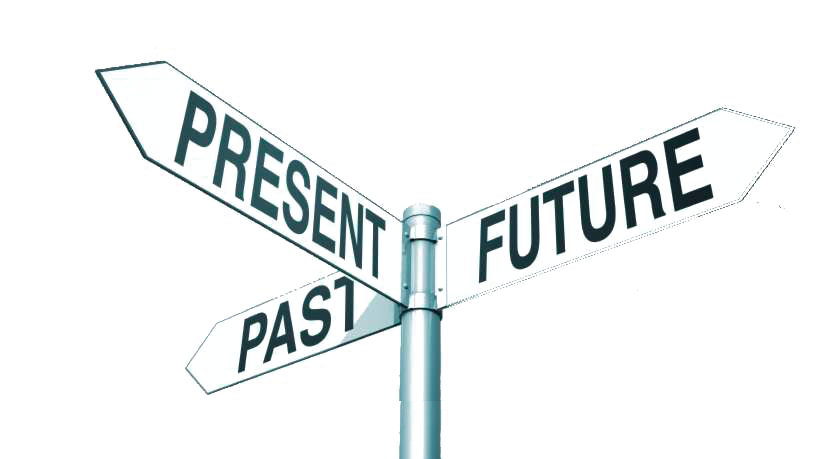By Mauro F. Guillén
This post summarize the book 2030: How Today’s Biggest Trends Will Collide and Reshape the Future of Everything by Mauro F. Guillén.
What’s in it for me? A window onto the world’s next decade.
So, what is life like in 2030? In a word: different. Over the next ten years, rising temperatures will threaten our predominantly urban, coastal way of life.
A low birth rate combined with higher life expectancy will make baby boomers into a power-house demographic.
- Which new technologies are offering hope in the fight against climate change and poverty;
- Why women can expect more financial gains than men in the next ten years; and
- How our society is about to pivot to a collaborative mode of consumption.
The decreasing birth rate will forever change human demographics.
Since the 1970s, women in the US have had, on average, fewer than two children each. In other words, fewer than necessary to replace the current generation.
The African continent has a current population of 1.3 billion. That’s projected to rise to 2 billion by 2038 and 3 billion by 2061, with the boom concentrated in the sub-Saharan region.
As its population grows, the markets for feeding and developing agriculture in the region will grow, too, potentially becoming a trillion-dollar sector, according to the World Bank.
Second, many Western nations will need to rethink their hardline stances on immigration. They may soon be dependent on immigrant workers from the Global South to fund and care for their swelling ranks of retirees.
Aging consumers will have more spending power than ever before.
Technology, like scanners and imagers. Thanks in part to the world’s aging population, these products are now in high demand – and that demand will likely continue to grow.
World’s aging population, or gray market, represents an enormous financial opportunity for firms.
To capitalize on this demographic shift, businesses need to speak to the 60-plus cohort in a targeted, aspirational way, and tailor products and services to them.
Anticipating their changing needs and preferences will pay off, though. There’s a market, for example, for fashionable shoes that offer orthopedic support. And for stylish appliances modified to suit changing physical capabilities. A front-loading washing machine might be manageable for a user in his 70s, but impossible for that same user once he’s in his 80s.
The lesson is simple. To take care of the economy, take care of seniors.
By 2030, the middle classes will have shifted dramatically.
The key message is this: By 2030, the middle classes will have shifted dramatically.
Women will hold the purse strings in 2030.
Why is that important? Well, come 2030, women will hold more than half the world’s wealth for the first time. And global spending habits will change as a result. Spending will likely increase in sectors such as education, health care, and insurance, where women have typically been bigger spenders than men. In investing, women will lead the trend for “safer” investments, like indexed stock funds.
To weather the coming climate crisis, city living needs to transform.
To weather the coming climate crisis, city living needs to transform.
By 2030, over 400 cities will have more than a million inhabitants. Over the next decade, cities must encourage behavioral change and embrace green initiatives like vertical gardening, or face dire consequences.
Prepare for rapid technological change in the coming decade.
What do the next ten years hold for AI tech? Well, robots will move into more cognitive fields. In 2030, law clerks and teachers may well have robot colleagues. Notably, so will surgeons.
In the next decade, 3D printing will also come into its own. All kinds of things, from plastic parts to dental supplies, will be printed rather than manufactured.
In fact, approximately 1.5 million children die every year due to contaminated water or inadequate sanitation. For these people, perhaps the most profound technological development won’t be a new product, but a riff on an old one: the waterless toilet.
This innovative toilet is already being manufactured by the start-up firm Loowatt. It captures waste in biodegradable film, which is then sealed and collected. The waste is then used to generate electricity. This simple technological innovation may have the most profound impact of all on the world’s population.
Get used to sharing instead of owning.
By 2030, half our average spending will be on collaborative consumption: leveraging services that allow us to use a product, whether that’s a song, a car, or even a workspace, without owning it. And we won’t just be sharing assets, like bikes or camping equipment. We’ll be sharing workspaces with a mixture of firms and freelancers, we’ll be paying each other’s expenses via crowdfunding, and we’ll be financing each other’s home loans and college educations through peer-to-peer lending.
In the coming decade, we’ll tap cryptocurrency’s full potential.
A government could automatically deduct its share of tax from every crypto transaction.
This might help us spend more ethically, too. Dexio, for example, is an app that uses blockchain technology to track transactions of diamonds, so consumers can avoid purchasing blood diamonds. This same technology could be used to bolster the security of e-voting, or minimize online piracy of intellectual property. If you access music, television, or a book online, a direct payment could be made to its creator.
